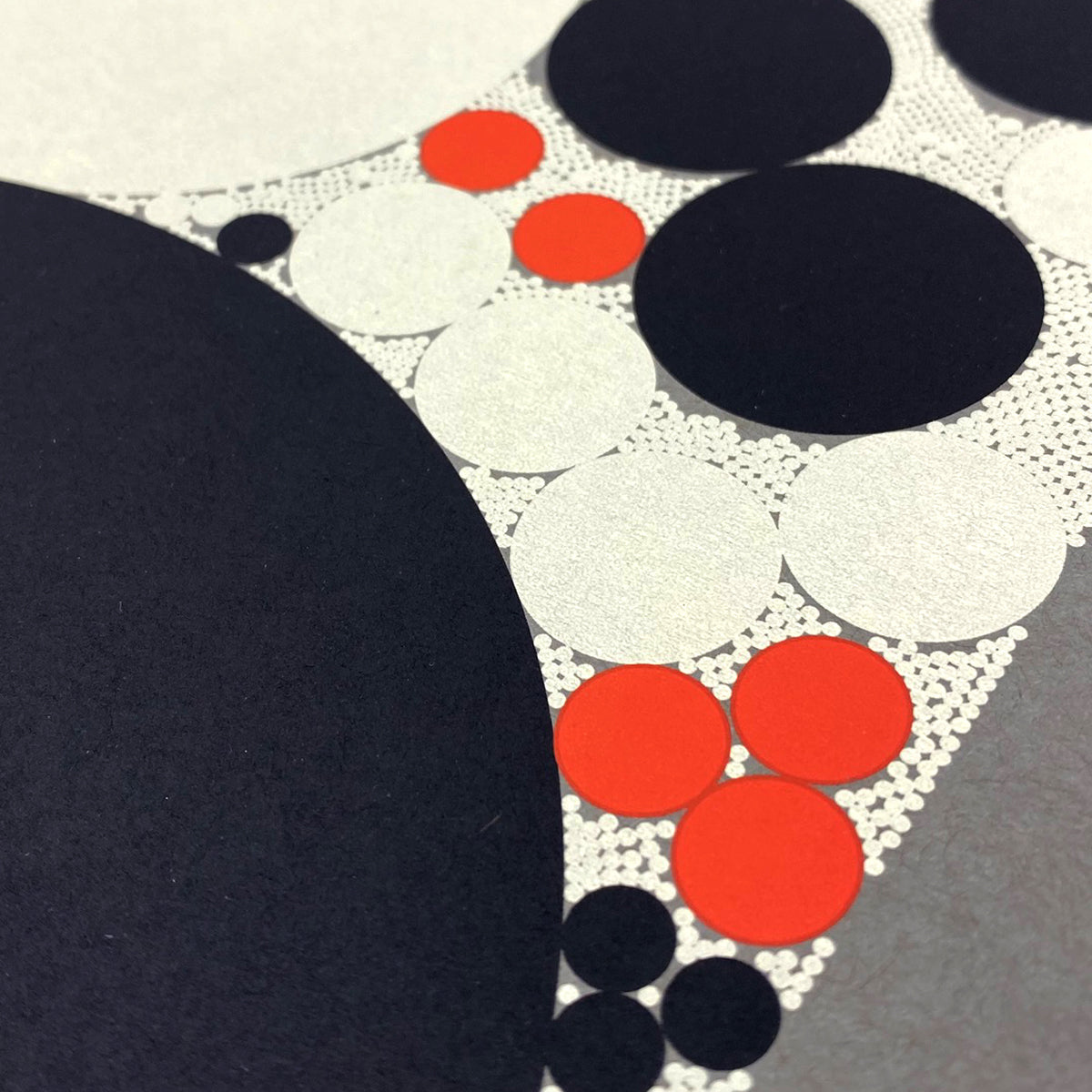Size Chart

Length unit:
Sizes may vary up to 1
HPSL: High Point Shoulder Length
BW: Bust Width (width of shirt measured 1" below armhole)
Couldn't load pickup availability
Our universe was created about 14 billion years ago when all known matter expanded from an infinitesimally small point, into a massive three-dimensional space.
Referred to as inflation, this rapid growth of space was followed by particles clumping together into the bigger pieces of matter we know today, like planets and stars.
However, the galaxy-filled sphere of space-time we know as our universe may not be the only one. Many highly-respected theoretical physicists have been arguing that our universe is one of many unique universes, a scenario also known as a multiverse.
Those who argue in favor of a multiverse describe four different scenarios where it can exist.
In a Level I multiverse, although rapid inflation in our part of existence has stopped, it is still occurring in other, more remote parts of space. In these areas, new universes “bubble up” and inflate. Hence, we live in just one of many touching universe bubbles.
A Level II multiverse takes a Level I multiverse and adds the assumption that there are many different laws of nature. This means quantities we call constants of nature, such as Newton’s gravitational constant, take different values in different bubble types.
The Level III multiverse is probably the one best known to science fiction fans. In this scenario, events unfold in every possible combination, resulting in alternate timelines and alternate realities. So, in one universe you might be President of the United States and in other you might be homeless and destitute.
Based in alternate mathematical structures, the Level IV multiverse is similar to a Level II multiverse in that it takes into account different laws of nature. However, Level IV goes a step further by incorporating the possibility that there are entirely different sets of laws based in all mathematical possibilities.
Not every physicist buys into the theory that the multiverse exists. In fact, there has been a raging debate in recent year over its existence.
Generally speaking, the case against the possibility of a multiverse can be made either through progress in the mathematics behind a theory or new experimental data that disagrees with theoretical predictions.
A compelling case against a Level I multiverse could be made by questioning inflation. This could be done by disproving the theory that space can be stretched out indefinitely. In fact, we cannot, thus far, experimentally prove anything in the universe goes on forever. While disproving inflation would also eliminate the possibility of a Level II multiverse, another way to challenge the scenario would be to show that there is only one possible set of laws of nature.
The Level III multiverse is based on the Schrödinger equation, which describes how a system of atoms and subatomic particles can achieve quantum superposition of two or more non-interacting branches, or they are split into many "worlds". If experimental evidence were to show a breakdown of the Schrödinger equation, it would eliminate the possibility of a Level III multiverse. The Schrödinger equation is currently being tested through the effort to develop quantum computers.
Since the Level IV multiverse is based on every mathematical possibility, the scenario could be disproven by finding a physical phenomenon that math cannot describe.
Links
http://www.scientificamerican.com/article/multiverse-the-case-for-parallel-universe/






Our custom frames are made in the USA with the highest standards and archival components. All frames are handcrafted, and will protect your artwork for the long haul.
Each frame is uniquely built by a master framing team, and ships right to your door guaranteed to fit and properly preserve your artwork. All the necessary instructions and hardware for mounting and hanging will be included - all you'll need is a hammer and the right wall space.
Please allow 2 weeks for your framed print to ship.

Join us in making sure that everyone (friends, colleagues, family, and perfect strangers) is working to build public support and political will for the big solutions needed to address climate justice.
Pin Save the Climate donates 50% of profits to climate justice organizations.